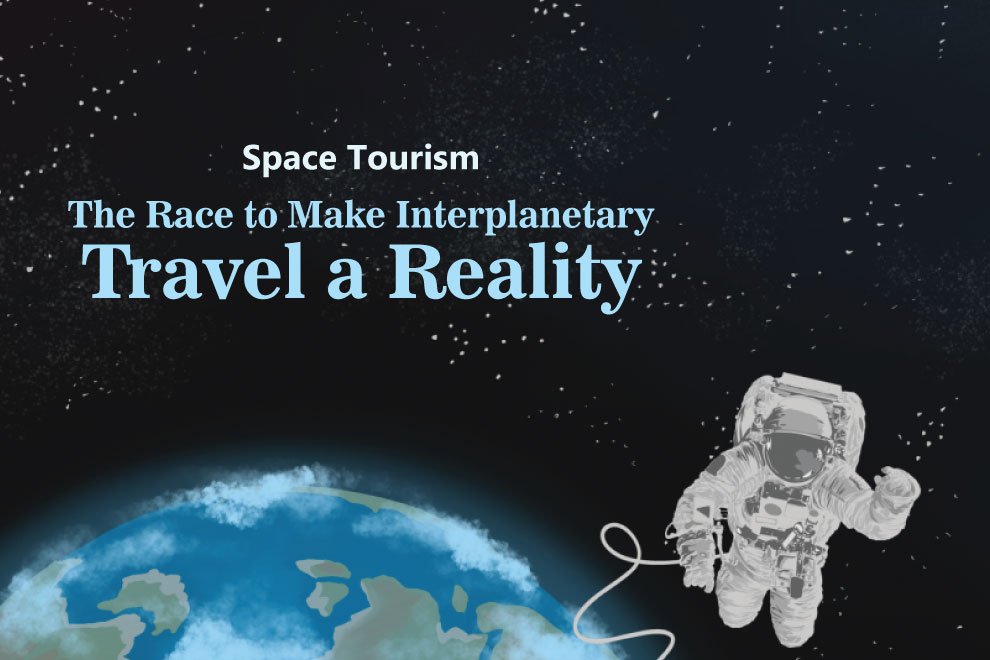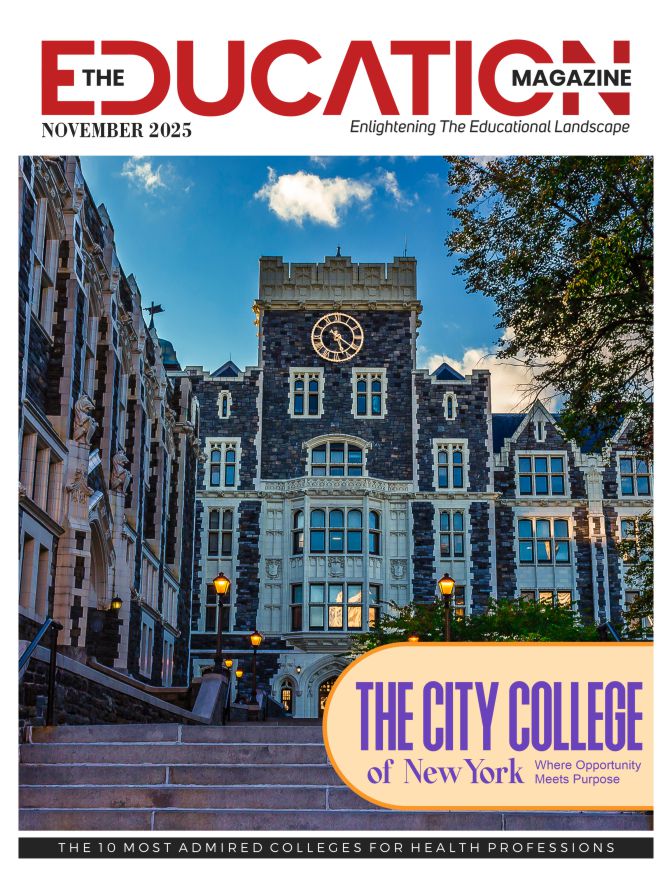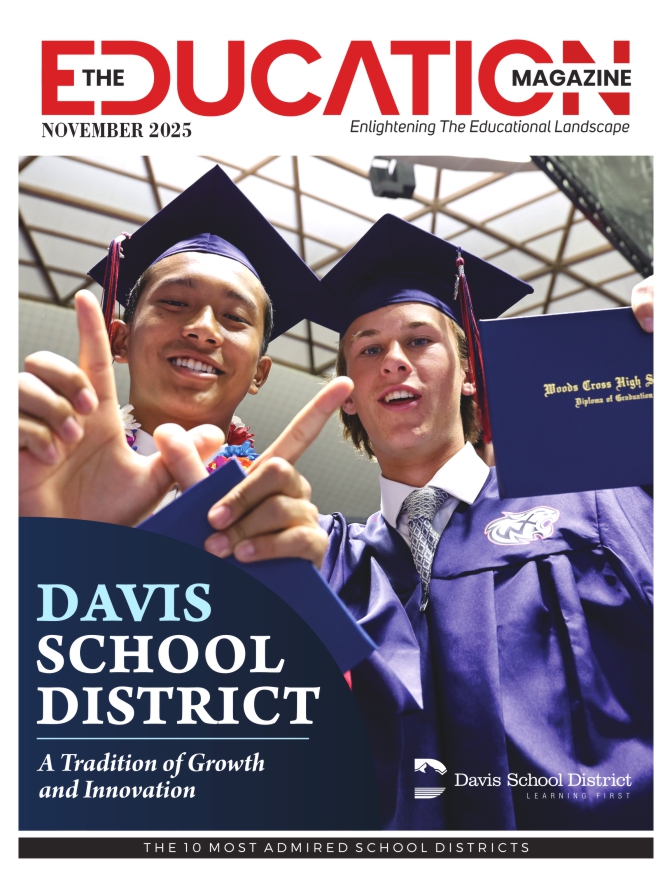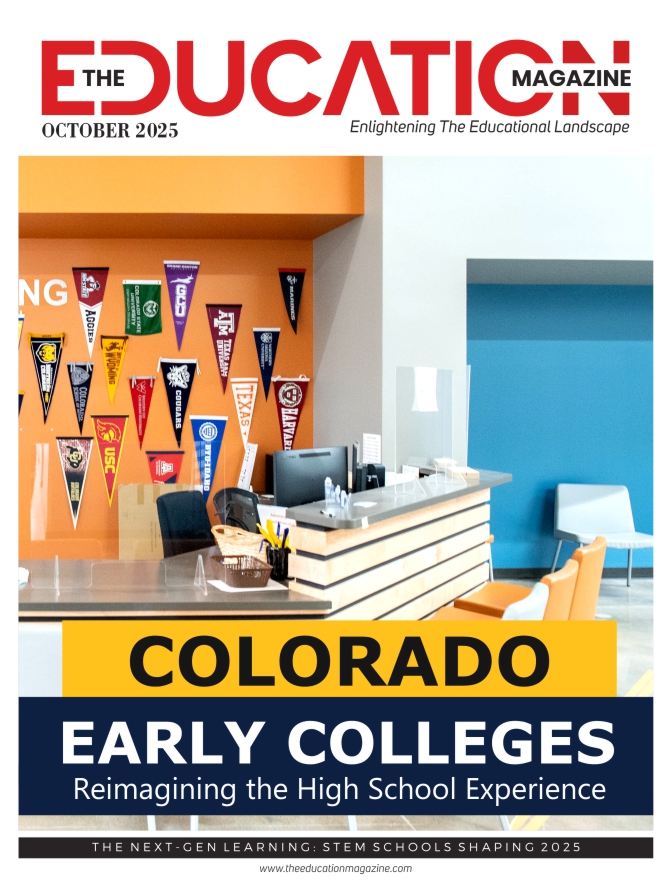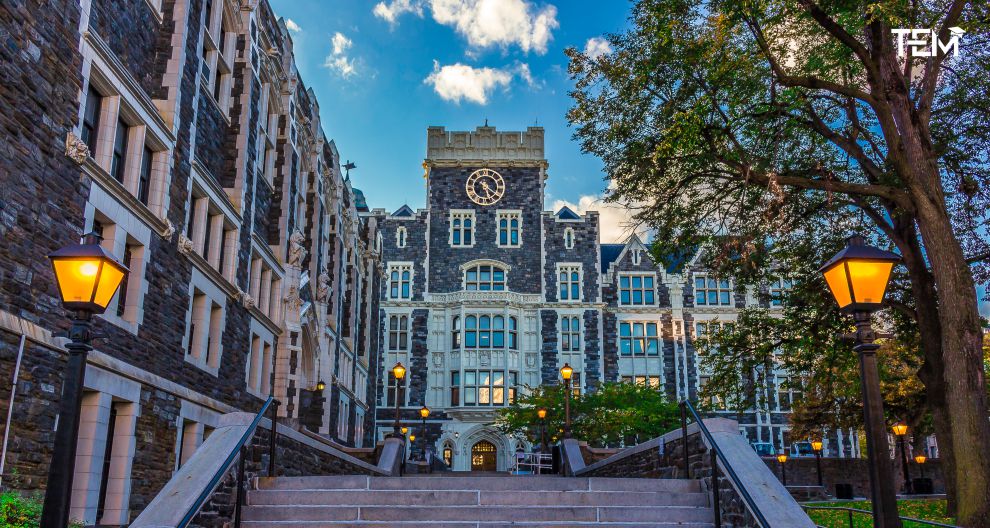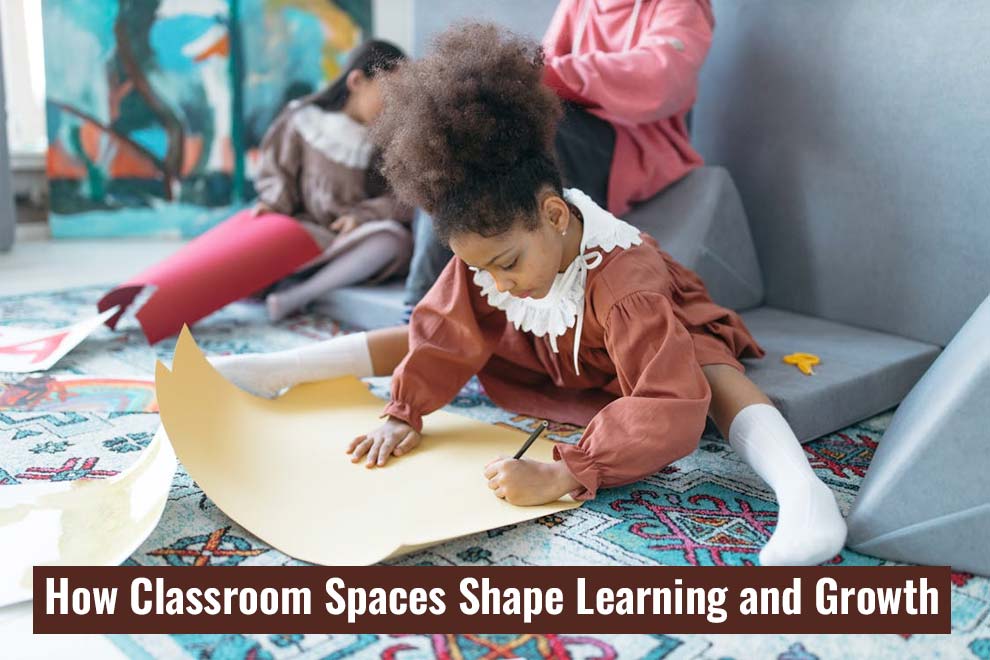Space tourism was formerly limited to the pages of science fiction books and active imaginations, but it is becoming more than just a pipe dream. It is quickly becoming a genuine, observable reality.
A realm that was once exclusive to elite astronauts and cosmonauts is suddenly becoming accessible to the general public, signalling a fundamental change in how people see and navigate the last frontier. This change is about more than just technology; it’s about rewriting the history of travel and integrating it into the fabric of our shared humanity. Imagine experiencing the cosmic convergence of interplanetary tourism and gaming excitement with, let’s say, the Verde Casino one day. An interesting encounter, isn’t it?
This guest post examines the present situation of this type of adventure, the major participants, the difficulties they face, and the prospects for leisure travel outside of Earth’s orbit in the future.
Details on the Emergence of Space Travel
With the introduction of commercial spaceflight endeavours in the late 20th century, space exploration received considerable interest. Space Adventures and Virgin Galactic were among the pioneering companies that created the foundation for its potential. Still, these early attempts concerned suborbital flights, providing moments of weightlessness than actual interplanetary travel.
In recent years, many corporations, including SpaceX, Boeing, Blue Origin, and others, have indicated that interplanetary tourist actions are becoming possible. These businesses create spaceships that can reach the Moon, Mars, and even farther beyond Earth’s orbit.
Important Entities in the Cosmos Tourism Sector
Science fiction is no longer only a fictional concept; the concept is now a genuine possibility for everyone. Standing on the cusp of a new frontier, the democratization of cosmos flight, it is a monument to human ingenuity, curiosity, and the unwavering quest for adventure. The following are some of the entities:
- SpaceX;
- Blue Origin;
- Virgin Galactic.
SpaceX
Elon Musk founded SpaceX in 2002 and is leading the cosmos tourism competition. The business manufactures Starship spacecraft intended to transport crew members and passengers to locations all over the solar system. SpaceX hopes to enable civilian interplanetary travel in the next several decades with plans for moon tourism missions and eventual Mars trips.
Blue Origin
With the support of Jeff Bezos, the creator of Amazon, Blue Origin is committed to creating spaceships and reusable rockets that will allow for more inexpensive access to the world beyond. The company’s New Shepard suborbital vehicle, which has already completed many successful test flights, makes future tourism initiatives possible. Exploration and colonization of the moon are part of Blue Origin’s long-term plan to establish a permanent human presence beyond Earth.
Virgin Galactic
Richard Branson founded Virgin Galactic to provide SpaceShipTwo spacecraft suborbital spaceflights to paying clients. Despite obstacles and delays, the firm is still dedicated to achieving its goal of cosmos exploration. Travelers will be able to witness the curvature of the Earth and feel weightlessness at heights, and Virgin Galactic’s flights offer a little taste of interplanetary travel.
What Are Possible Challenges and Considerations?
Although this kind of tourism has fantastic potential, several essential obstacles need to be removed before interplanetary travel so it is a practical and secure choice for the general public.
Technical Difficulties
Creating spacecraft that can travel great distances in the cosmos presents numerous engineering challenges, such as propulsion technology, radiation protection, and life support systems. Addressing these issues will require significant research and development investments.
Safety Issues
Risks associated with these flights are natural and include radiation, microgravity, and the hostile environment. Passenger and crew safety must be prioritized, meaning spaceship systems must undergo extensive testing and validation.
Regulatory Structure
Governments and international organizations face unique hurdles when regulating tourism. An industry that grows responsibly must set clear liability rules, safety requirements, and licensing.
Impact on the Environment
It is essential to carefully assess how this innovation may affect the environment, especially given rocket emissions and debris. Careful planning and mitigation techniques will be needed to balance the possible environmental effects of space adventure and its economic advantages.
What the Future Holds for Space Tourism
This kind of adventure looks to have a bright future despite the obstacles. It is becoming increasingly likely that civilians will fly into space for leisure as costs fall and technology improves. Companies like SpaceX and Blue Origin are establishing the foundation for ambitious trips to the Moon, Mars, and beyond, going beyond suborbital thrill flights.
This innovation can completely change our understanding of travel and exploration in the ensuing decades. Our creativity and resourcefulness are the only things stopping us from living significantly on luxurious trips to hotels in orbit or daring missions. Future generations may soon be able to realize their goal of interplanetary travel as humanity continues to explore the cosmos.
Space Tourism: Bridging Worlds, Exploring Frontiers
One significant development in human history is the realization of space tourism, which began as a science fiction idea and is now confirmed. It’s evidence of our unwavering spirit of innovation and discovery, opening up the hitherto unattainable cosmos.
Now, you, the ordinary citizen with an adventurous spirit and an open mind, can access what was previously only accessible to scientists and astronauts. Technological advancements in commercial spaceports, reusable rocket technology, and spacecraft architecture have made a new era of travel possible.
We must approach this new era with awe and responsibility as we stand on the brink of it to ensure that space continues to be a place of limitless potential for coming generations.
Also, Read; Spaceforce seeks low-cost sensors to monitor geostationary orbit
